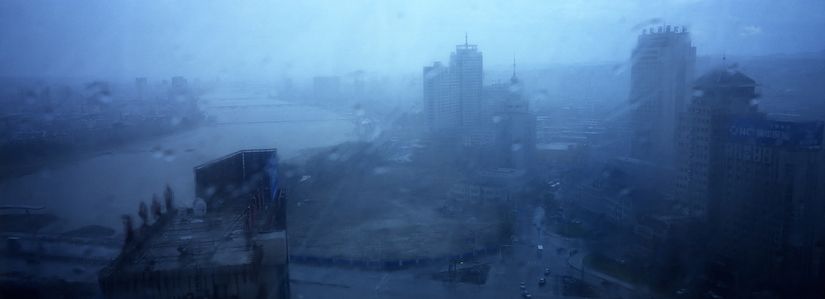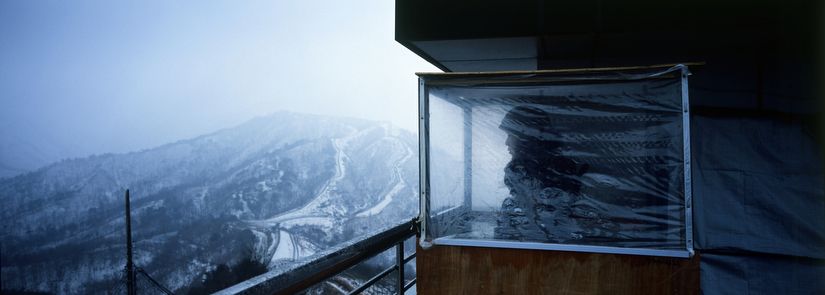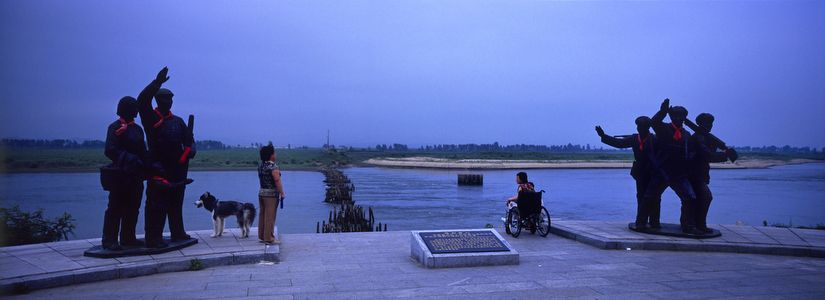May 18, 2013 | Pulitzer Center
By
Tomas van Houtryve, for the Pulitzer Center
This panoramic series documents North Korea's 870-mile border with China and the DMZ, which separates it from South Korea. These are little known landscapes, where refugees, smugglers, soldiers and spies exist on the fringes of the world's most enigmatic country.























